Churches have progressed from their role in a person’s spiritual life to offering many more services to individuals and families. Large churches offer counseling services, schools, daycare, recreational facilities and sports leagues, game nights, and many other amenities. With these additional offerings come greater security and safety issues. Modern church security planning also needs to progress to keep up with their growing service in communities. Solink offers a security platform designed with religious organizations in mind.
What is a church security plan?
Simply put, a church security plan is an approved document that defines how the church will react to any threat. Your security plan should list all the necessary roles, tools, and skills required to address any issues that might arise.
The best church security plans are living documents that grow with your community. If you need help building a security plan for your church, check out our article providing useful church security plan templates.
Share video in seconds
Learn how easy it is to share video with law enforcement in our self-guided tour.

In this article, we give you step-by-step church security planning instructions to prepare your religious organization for threats both big and small.
Seeking a solution for church security planning? Schedule your Solink demo now.
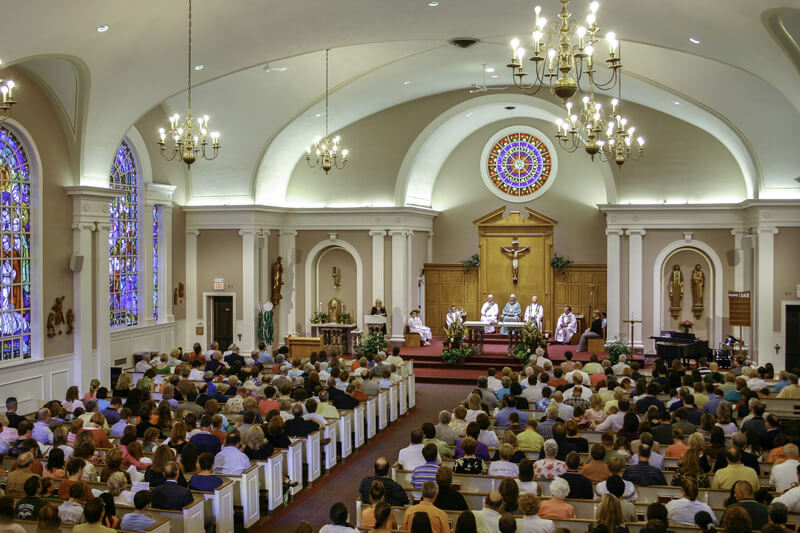
What are some of the security threats in churches?
Churches may be confronted with many threats to the health and safety of their community. Here are just some of the crises that your church should consider when writing a church security plan:
Security threats in churches:
- Bullying in the youth ministry, daycare, or school.
- Violence during counseling sessions.
- Alcohol-related violence, if alcohol consumption occurs during social events, fairs, etc.
- Active shooter events or terrorism.
Health threats in churches:
- Medical emergencies during services (e.g., heart attacks).
- Injuries during church sporting events, in the daycare, etc.
- Car accidents in the parking lot.
Property threats in churches:
- Arson attacks (especially for older, wood-built churches).
- Vandalism.
- Smash-and-grab thefts from cars in the parking lot.
- Theft of cash tithes.
- Stealing or damaging irreplaceable artwork.
Improved church security through planning in 15 easy steps
Developing a new church security plan from scratch is intimidating. Implementing the plan can be challenging. However, this step-by-step guide should make the whole process easier.
The first steps can be considered the groundwork of better church security. In these steps, you assess your church’s assets and skills and find any weak points.
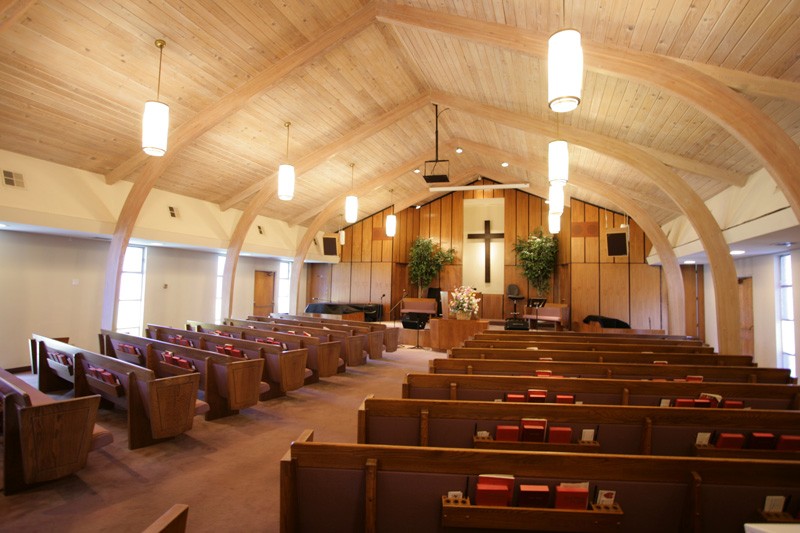
After that, roles are defined and an action plan is drafted to make any changes necessary to improve the property for better church security. Next, tools and infrastructure are acquired and integrated. Finally, specific plans are drafted for each threat identified.
However, once your church has a security plan, the real work begins. Regular meetings and training sessions need to be scheduled to maintain the quality of your church’s security. As new threats develop, your plan will need to be updated. You’ll also want to review every event that does occur to improve future responses.
1. Inventory the skillbase of your membership
Any large congregation will have a wide variety of skills and professions represented. If there are police, firefighters, EMTs, military members or veterans, and/or medical doctors within your membership, you should invite them to participate in the church security planning process.
These professionals can help you draft and implement plans for the threats covered by their expertise.
2. Get stakeholder buy-in
Many churches have a complicated management hierarchy. It can take a long time to gain approval for major changes because of this. If church leaders understand the need for improved security, then creating the plan will be a smoother process.
3. Discuss goals and expectations with your staff and volunteers
Except for the ministers, most churches operate with the help of a part-time staff and volunteers. It is unlikely that these individuals will have security planning experience.
Staff and volunteers may also be surprised by the expectations that they assist in improving the safety and security of your church. You can reduce these concerns by having a discussion about your expectations, and how they can opt in or out of specific tasks, such as door duty during services.
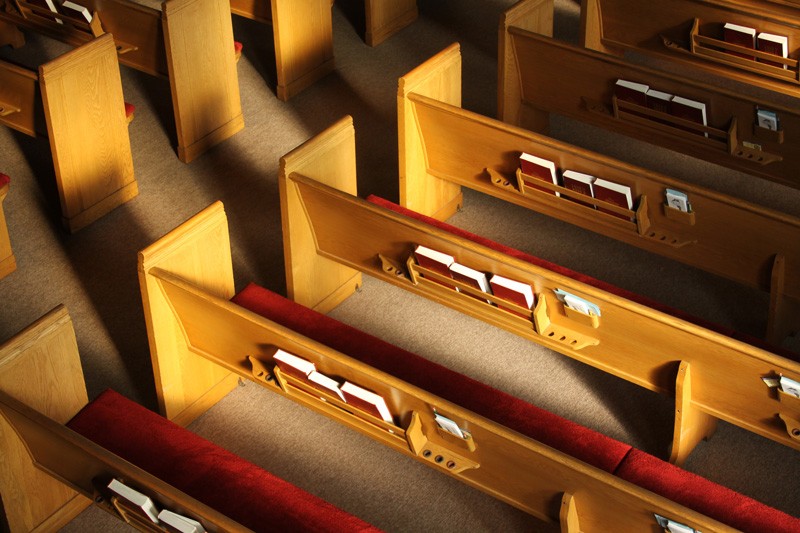
4. Invite the police, firefighters, and EMTs to speak to your staff
Once you’ve assessed the available skills within your community, received approval from the church leadership, and explained the needs for better safety and security with your staff and volunteers, it’s time to look to build your knowledge base.
Most emergency services have volunteer services who will go to community organizations including schools and churches to discuss safety and security. They’ll help shape your expectations for a church security plan and walk you through the process of developing one. They may even be willing to perform a security walkthrough of your church to highlight potential issues and offer recommendations on how to solve them.
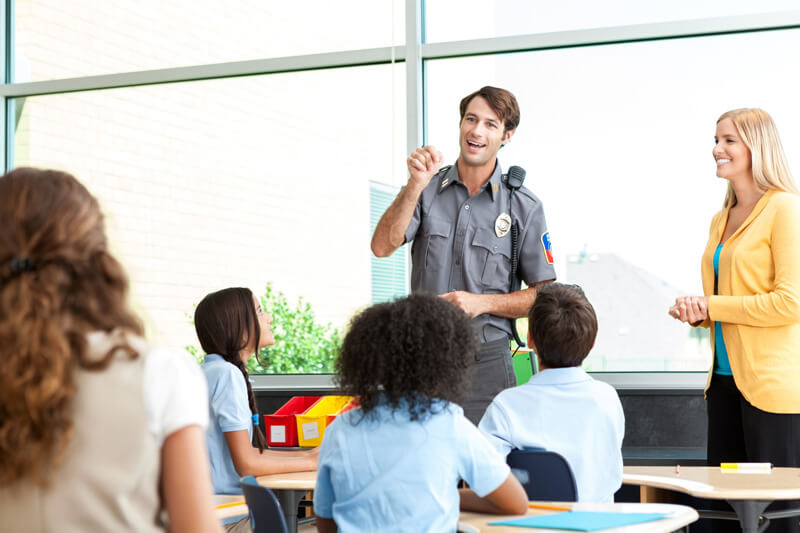
5. Perform a risk assessment for your church
The risk profile of every church is different. If you are located near high foot traffic, then the risk of vandalism is likely higher. If you are somewhere secluded, then you might be less likely to experience frequent vandalism but could be at a higher risk for arson. The risk presented by fire might also be greater as you are further away from the fire department.
The demographics of your church community will make health emergencies more or less likely. How many amenities you offer your community and their type (sports leagues, daycare, etc.) will have a profound impact on the likelihood of injuries.
Try accessing local crime data as part of your church risk assessment. If violent crime is higher in your area, then you may need to have a higher level of security, especially during weekly services and any festivals.
Basing the rest of your church security planning on a complete risk assessment should reduce the objections to pursuing enhanced safety and security. It should also reduce the fear level of those involved as they will be acting in a more rational way.
6. Build your security team and assign roles
You have the people in place and an understanding of the risks your church faces. Now it is time to build your security team. This group is in charge of developing, managing, and executing your church security plan. All of this information can be added to your church security manual.
Keep in mind what each person can and cannot do, and is willing or unwilling to do as well. If you have decided that you need two ushers on “door duty” during your weekly services to keep an eye out for new guests, then they should be comfortable greeting unknown people.
Similarly, if you intend to have a designated health-emergency coordinator during each service, then it should be someone with medical intervention experience.
Be sure to assign every specific role. For example, have a designated person whose job is to call 9-1-1 and another who will take the pulpit to tell everyone to remain calm.
7. Invest in technology
Many church leaders will jump to this step. Cameras and security are so related that you’d be forgiven if you felt the first and only step in improved church security was buying cameras for the doors.
While it is true that security cameras can help keep your church community safe, they are rarely enough. It’s also true that if you jump to this step, then security cameras are going to be less effective, and they may even introduce some issues.
Share video in seconds
Learn how easy it is to find what your looking for in seconds in our automated product tour.
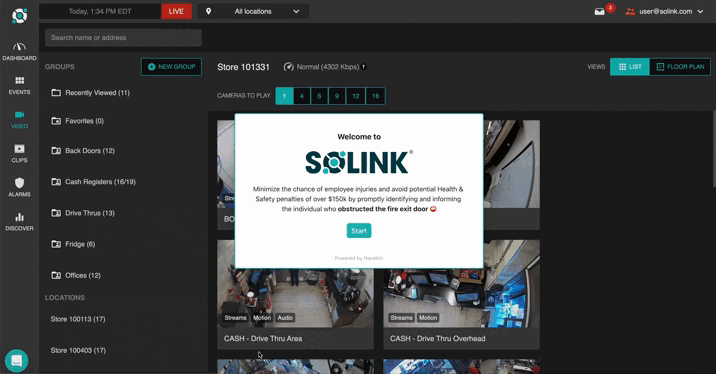
Some of your church members may be concerned for their privacy if they come in one morning to see new security cameras. It’s important to educate the members of your church about why you are addressing security concerns and how cameras, as well as the rest of your plan, help improve church safety and security. Here’s an article that goes into depth on all the different types of security cameras and how to deploy them.
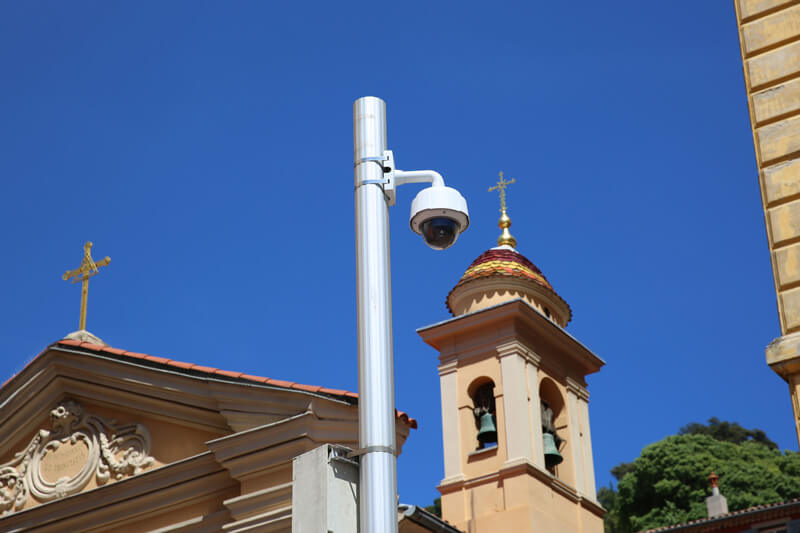
In addition to security cameras, your church will likely require the following:
- Video analytics platform
- Door and window alarms and sensors
- Video alarms
- Access control
Keep in mind that these are only the tools required to have better church security. If you are considering health emergencies as part of your church security plan, then you’ll want to invest in first aid equipment as well.
Video analytics platform
Video analytics is critical in a modern church security camera system. A large property with multiple facilities, from a childcare center to the parish hall, requires a lot of oversight. Without video analytics, you’d need full-time security staff to monitor the video feeds.
Solink’s video analytics platform cuts the time it takes to proactively monitor your facilities as well as reactively handle events. It also allows you to monitor your church property remotely.
To find out more about how Solink’s church security solutions can save your religious organization time, sign up for a free demo.
Door and window alarms and sensors
Intrusion detection is a key component of your security perimeter. The security perimeter is the wall of defense around your church property. Alarms and sensors can tell when a door is opened.
Video alarms
Solink’s Video Alarms is a great way to leverage your cameras for further security benefits. Video alarms work by detecting motion during specific periods of time in a designated location.
Instead of a door alarm that alerts authorities automatically when a door is opened, video alarms detect motion inside and outside the door and then notify the owner of the alarm. Here are three potential advantages of church video alarms over traditional alarm systems:
- Earlier detection
- Alarm verification
- Better response to true incidents
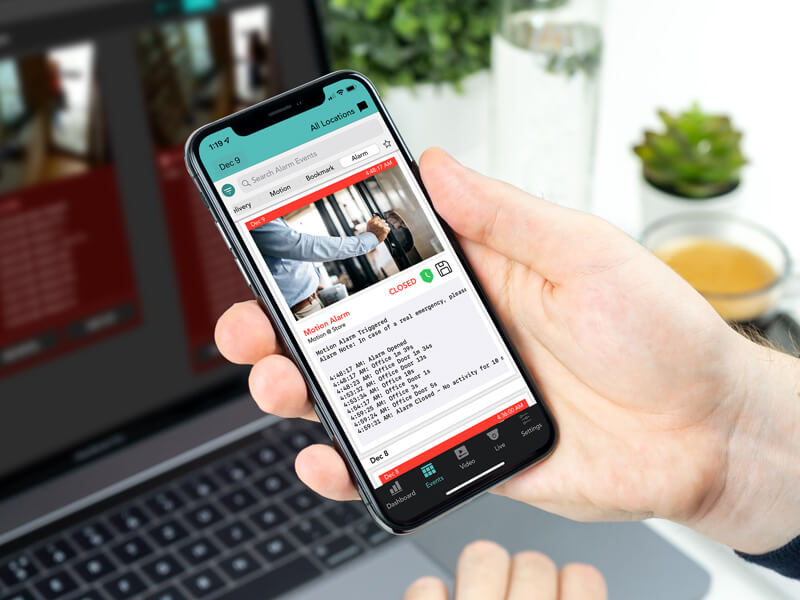
Access control
Access control panels allow entry to church facilities by authorized users by inputting a code into a panel. This allows church management to both keep unauthorized users out and know who has entered a building in the case an event occurs while they are inside.
8. Make the small changes
There are many changes that can be implemented today. These changes may not seem as valuable as a full security camera system for your church. However, sometimes timeliness and momentum can have outsized value.
Making the small changes today sets a tone for continuous improvement. It also gives peace of mind to those in your community who are worried about alarming stories in the news.
Here are just a few things you can do to improve your church security with little preparation.
Use one entrance into the church
Set your doors so they can be opened freely from the inside but require a key from the outside. Have all traffic entering your church come through the main doors. This makes it easier to react to any potential major threats as they will enter through a specific set of monitored doors.
Monitor doors and parking lots
As mentioned above, having some volunteers working as ushers will help identify strangers entering your church. Of course, new guests should always be made to feel welcome. However, greeting new guests in a polite way can both boost your membership and reduce the likelihood that the guest is a security threat.
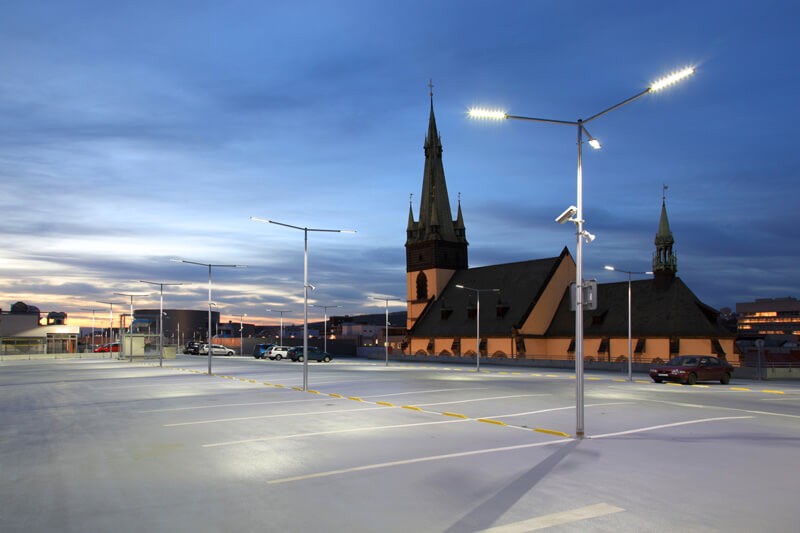
Move your pulpit
Having the pulpit at center stage might mean the minister is further from safety in the case of a violent incident. Having the pulpit closer to the side will make it easier for them to take cover or get to a door in the case of trouble.
Draw attention to the exits
There’s a reason every time you board a plane all the emergency exits are mentioned. During an emergency, panic can lead to forgetting what to do. The same could happen in your church if you don’t keep emergency exits top of mind. Consider adding occasional reminders to your services.
Introduce online giving
There are many ways to send money online now. There are even dedicated platforms for organizing tithes and fundraising for places of worship. These services conveniently collect the offerings, deposit them in the church’s bank account, and provide tax documents to all registered donors.
If you can remove the majority of cash from your premises, that’s one less security concern.
Share video in seconds
Learn how easy it is to share video with law enforcement in our self-guided tour.

9. Create child safety policies
During an emergency, children are not going to be as prepared as adults. They are vulnerable and more likely to freeze out of panic. You should have specific and separate plans in place for children.
This is especially important if you have a daycare and/or school. Here is our guide to school security, which can help in this situation.
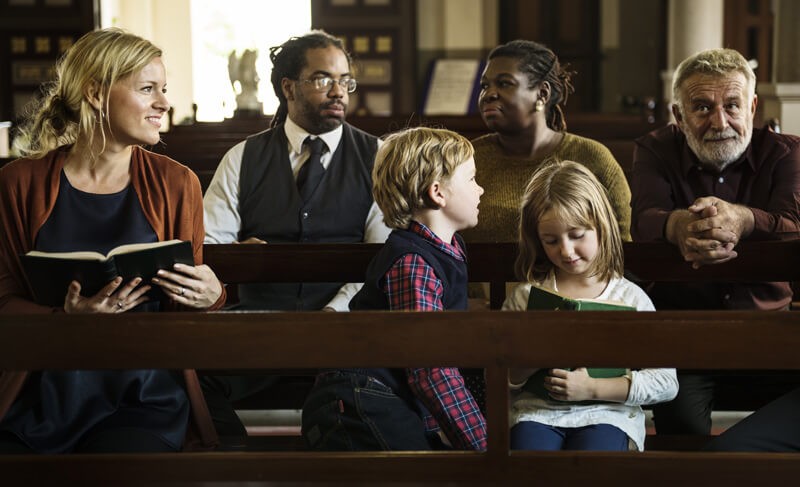
10. Train team members
Your staff members are not security experts. This is not the job they were hired to do. You should recognize this with serious ongoing training. Set up regular meetings with the security team, identify weak points in their skills, and train on them.
Training is never a one-and-done proposition. In the case of church security planning, this is even more true. After you’ve gone through the next four steps, you’ll see that there are many scenarios to practice. In addition, every new experience will lead to new plans and renewed training exercises.
11. Prepare emergency scripts
People in your community will be looking to the leaders during emergencies. How you react during an emergency will dictate how others handle the situation.
Write out exactly what you will say during different emergency situations and practice saying them in a calm and natural tone. This will help others remain calm and follow directions.
12. Define your emergency action plans
Every emergency is different. They all require different people, tools, and procedures. Consider this step a creative exercise. Go through everything you think could happen based on the research completed in the previous steps. Then, discuss who should be involved and what they should do in the event that emergency type occurs.
Be sure to add goals to each plan. The goal is what you would consider a positive outcome. That way, when you review the results (Step 15), you can evaluate performance.
This isn’t just an academic exercise. It is an important part of improving the action plans and doing better the next time a similar incident occurs.

13. Get professional feedback
Before any emergencies occur, it is important to take your plans to the experts and see what they think. These experts may be the people in your community you identified in Step 1 or the emergency responders you met with in Step 4.
A critical examination of your plans will uncover any holes. There’s no point in practicing your emergency action plans if they are flawed. It’s important to leave the egos at the door and carefully consider all advice during this step.
14. Maintain incident reports
When an incident does occur, it is important to maintain a record of everything that happened. Here are some of the details you should include in an incident report:
- Location(s).
- Date and time.
- People involved.
- Description of the event.
- Actions taken by staff or bystanders.
- Any injuries that may have occurred.
- Police, fire department, or EMT Involvement.
- Witness names, contact information, and comments.
- Any evidence of the event, including video clips of the incident.
This information will be important for any police, fire, or insurance investigations. It will also be important for ongoing training and evaluating the resolution of the incident (Step 15).
Compiling evidence of any incidents is made easier with Solink. The Save and Share feature allows you to save video clips of events, share them using email, and save them forever. This makes police investigations, insurance claims, and post-incident evaluations easier.
To see how Solink can improve your church security plan, sign up for a demo today.
15. Evaluate incident response
When an incident occurs, it is time to take any lessons you can from the event. It is important to evaluate your response, mentioning everything that went well as well as any mistakes that may have been made. Be sure to evaluate the action plan and the ability to follow the plan separately.
If the plan was insufficient, then it is time for a new plan. However, if the plan would have worked if it were followed, then it might be time for more training and practice.
Add Solink to your church security plan
Solink brings you a video analytics platform that lets you see what is happening in your church from anywhere and anytime. The ability to search for motion, save and share clips with the police, and verify alarms before requesting emergency services all add value to your security camera system.
Solink has the product and expertise to enhance the security of your church. Our easy-to-use interface with unlimited user accounts means that your staff can be trained in no time. Solink also offers live training sessions. As your community grows, so does the Solink platform, and we make sure that you know how to use every new feature as it is released.
Seeking a solution for church security planning? Schedule your Solink demo now.
Share video in seconds
Learn how easy it is to share video with law enforcement in our self-guided tour.

